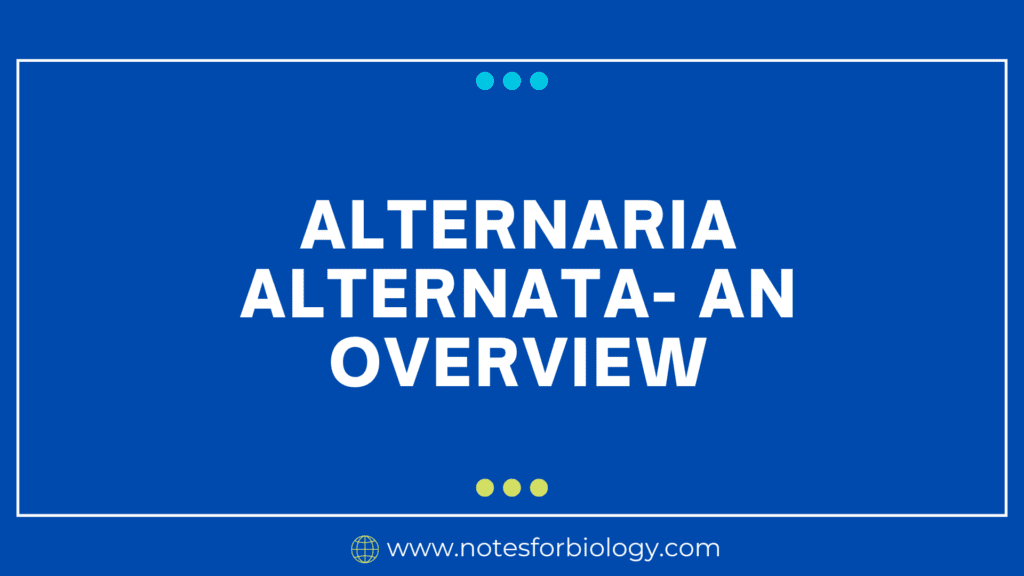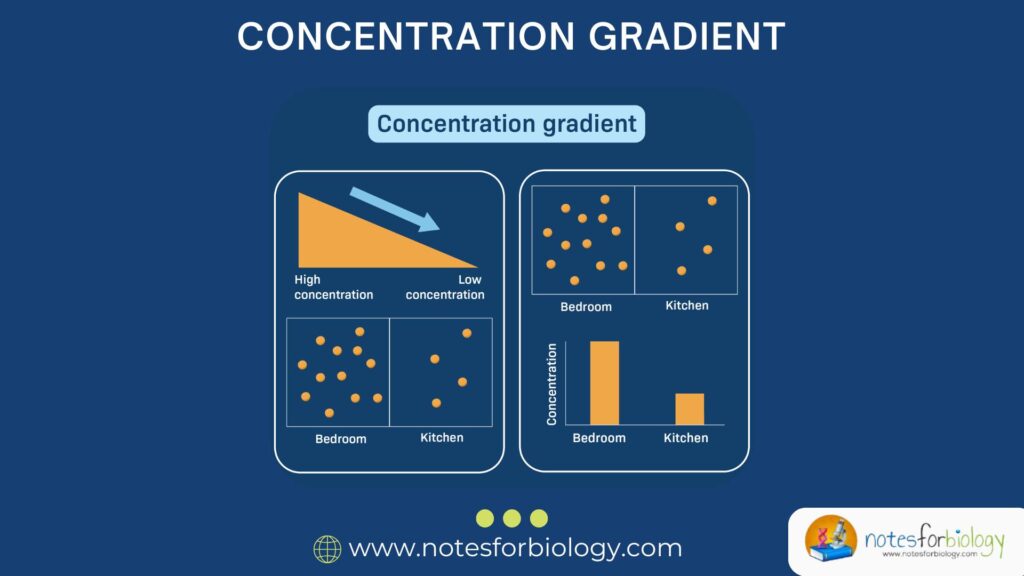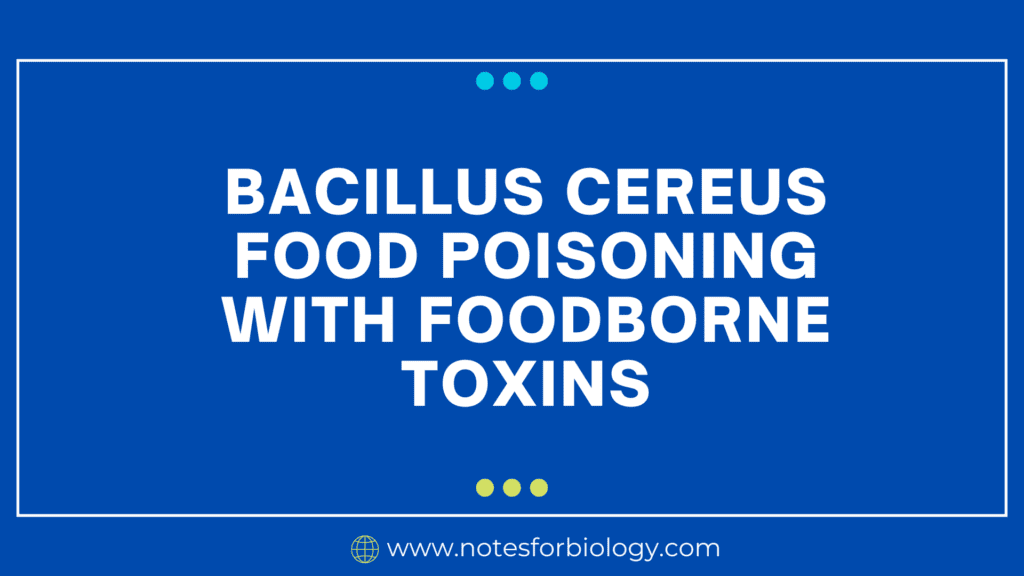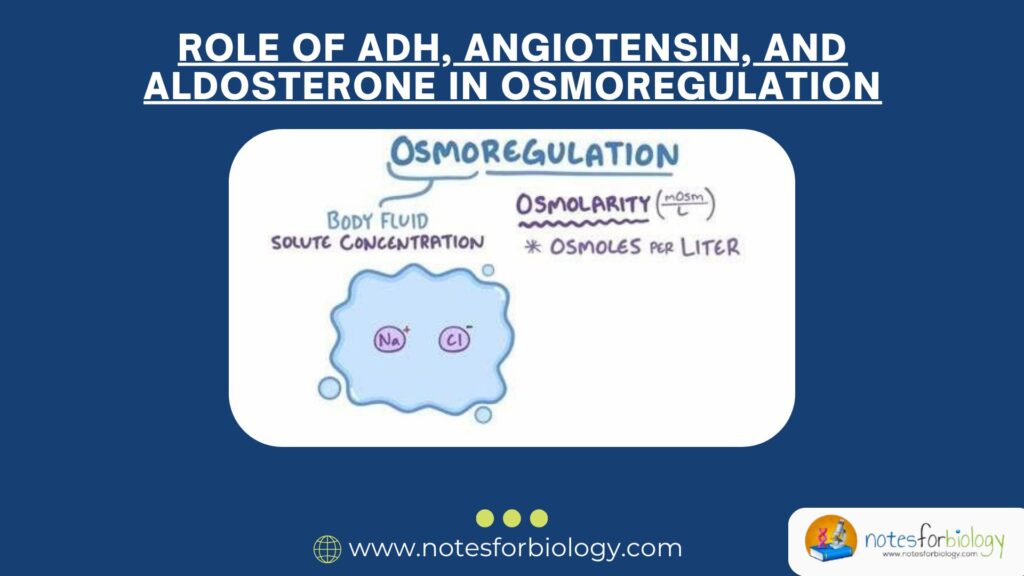Alternaria alternata is a ubiquitous and opportunistic fungal pathogen known for its role in plant diseases, allergic reactions in humans, and potential mycotoxin production. It belongs to the genus Alternaria, which comprises several species notorious for their environmental resilience and ability to cause spoilage in a wide range of crops.
After bacteria and yeasts have colonized the surfaces of leaves, twigs, fruit, grains, and seeds, Alternaria alternata have been known to colonize these surfaces early in the development of these structures. Despite being an epiphyte, it eventually colonizes substomatal chambers or penetrates asymptomatically into subepidermal host tissue. Restricted to the substomatal region, Alternaria grows into a solitary, 5-7 cell fusiform hypha. Here, it can obtain nutrients from the host or find shelter from mycophagous invertebrates and desiccation.
Table of Contents
Alternaria alternata
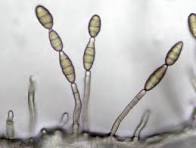
Characteristics
Alternaria alternata is a widely distributed, opportunistic fungal pathogen with distinct morphological, physiological, and ecological characteristics. Here is an overview of its key feature:
Morphological Characteristics
Hyphae
- Structure and Color: Septate, branching, dark color.
- Texture: Gently textured or polished.
Conidia
- Form: Huge, ovoid or club-shaped, frequently muriform (having both longitudinal and transverse septa).
- Brown to dark brown in color.
- Size: Varying but usually large, conidia have a length of 20–60 µm.
Physiological Characteristics
Growth Conditions
- Temperature: A temperature of 25 to 30°C is ideal for growth.
- pH: Does well in a variety of pH ranges, but generally prefers a slightly acidic pH over a neutral ph.
- Moisture: High humidity is necessary for the germination and development of spores.
Spore Production
- Environmental Triggers: Temperature and humidity variations frequently cause spore formation.
- Spores: It can spread widely due to wind, water, and personal touch because they are airborne.
Morphology and Identification
The unique morphology of Alternaria alternata is typified by multicellular, septate, dark-colored hyphae and conidia. The conidia have a muriform look because they are usually big, club-shaped, and have both transverse and longitudinal septa. The production of these conidia in chains is a crucial characteristic. On agar plates, A. alternata colonies develop quickly and have a dark green to black or brownish appearance.
Pathogenicity and Host Range
Plant Pathogen
A prominent plant pathogen, Alternaria alternata affects a wide range of hosts, including ornamentals, fruits, and vegetables. Diseases including rots, blights, and leaf spots are brought on by it. The virus typically causes large-scale agricultural losses when it appears as dark, necrotic lesions on leaves, stems, and fruits. The fungus can become more virulent on some plant species by producing toxins particular to its host.
Human and Animal Health
A. alternata is mostly a plant pathogen, although it can potentially harm people. It is an allergen that has been shown to make respiratory disorders like asthma worse. This fungus can cause opportunistic infections in immunocompromised patients, which can result in illnesses like onychomycosis, sinusitis, and skin infections.
Mycotoxin Production
Numerous mycotoxins, including as alternariol, alternariol monomethyl ether, and tenuazonic acid, can be produced by A. alternata. When these mycotoxins are consumed through contaminated food products, they can be harmful to both humans and animals’ health. Their cytotoxic, mutagenic, and carcinogenic qualities raise questions regarding the safety of food.
Control and Management
Managing Alternaria alternata involves integrated strategies combining cultural, chemical, and biological approaches
- Cultural Practices: The occurrence of A. alternata can be decreased by utilizing resistant cultivars, implementing crop rotation, and preserving plant health through appropriate nutrition.
- Chemical Control: To manage Alternaria illnesses in crops, fungicides including azoles, mancozeb, and chlorothalonil are frequently employed. However, cautious monitoring is required when fungicide resistance develops.
- Biological Control: Through antagonistic relationships and competitive inhibition, beneficial microorganisms like Trichoderma species can impede the growth of A. alternata
Conclusion
The adaptable and hardy fungus Alternaria alternata has important effects on human health, food safety, and agriculture. It is essential to comprehend its biology, ecology, and pathogenic mechanisms in order to create efficient management plans that will lessen its effects. Our understanding and capacity to manage this ubiquitous infection are constantly being improved by ongoing research and developments in molecular approaches.
Frequently Asked Questions(FAQ)
What is Alternaria alternata?
Alternaria alternata is a ubiquitous and opportunistic fungal pathogen known for its role in plant diseases, allergic reactions in humans, and potential mycotoxin production.
What are the two characteristics of Alternaria alternata?
morphological characterstics ,physical characterstics
State the control management?
culture practices, chemical control ,biological control
What are the mycotoxin produced by Alternaria alternata?
Numerous mycotoxins, including as alternariol, alternariol monomethyl ether, and tenuazonic acid, can be produced by A. alternata.
Related Article

